CULTURAL PERSONALITY


Oulu2026 Culture Personality: Rap artist Sana
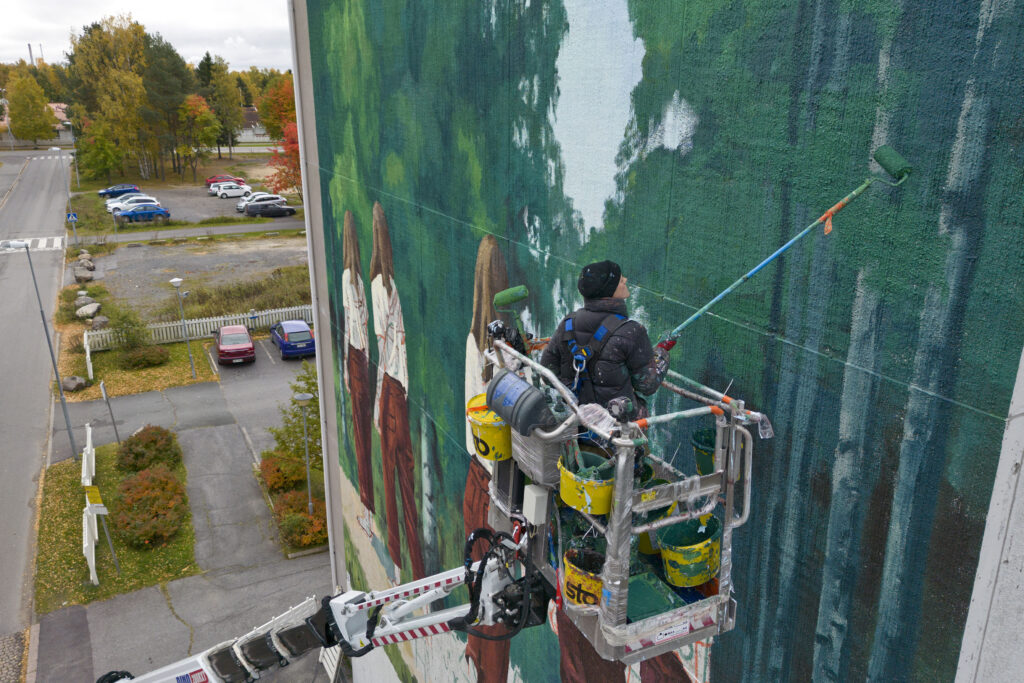
Art in the City: the Oulu2026 mural
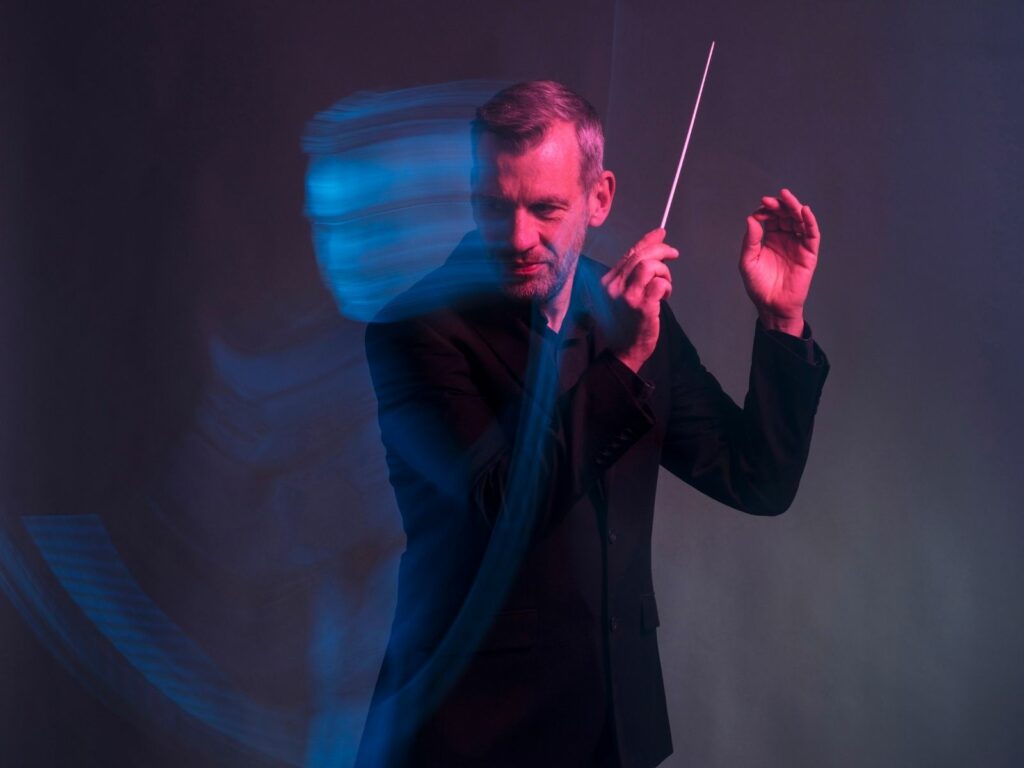
Cultural personality of the week: Rumon Gamba

Cultural personality of the week: Transistori
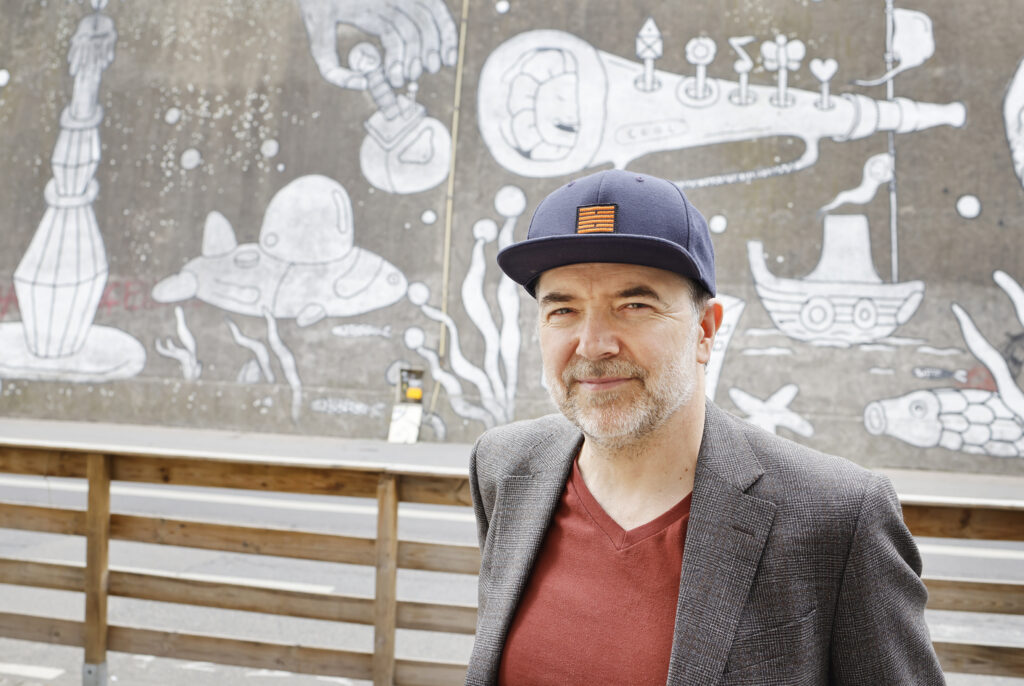
Cultural Personality of the week: Charles Gil
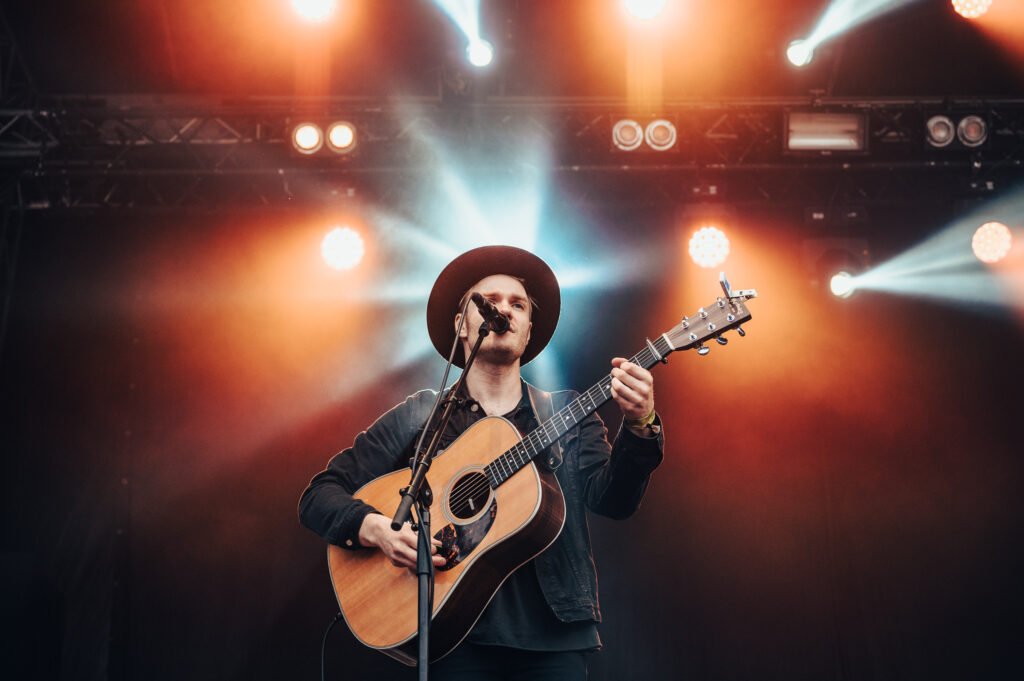
Culture personality of the Week: Petri Kuusela
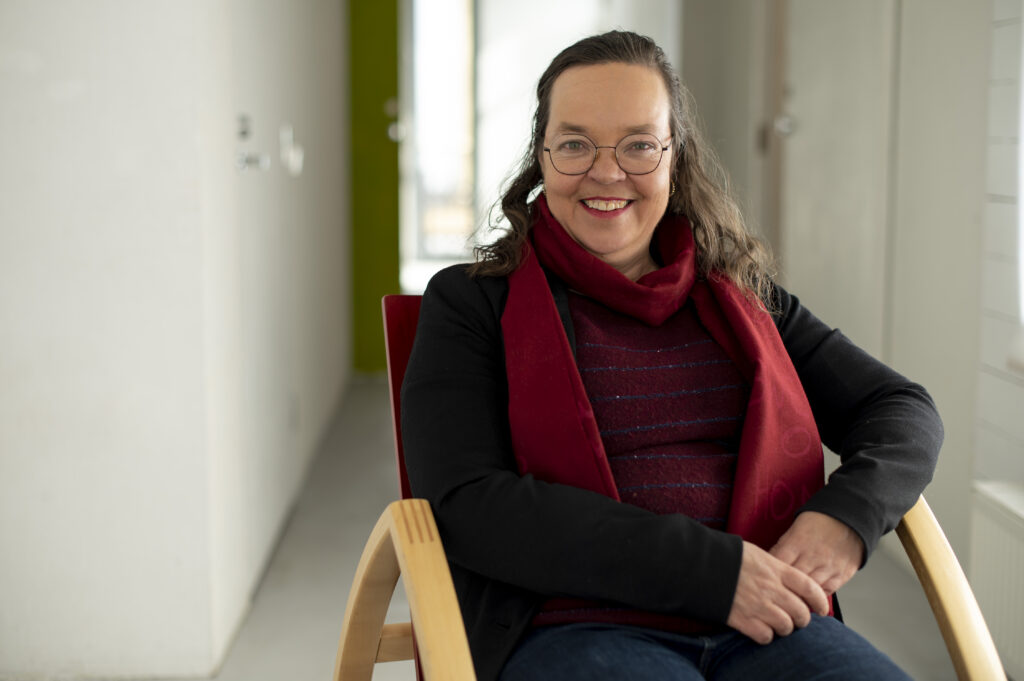
Oulu2026 Cultural Personality: Jetta Huttunen
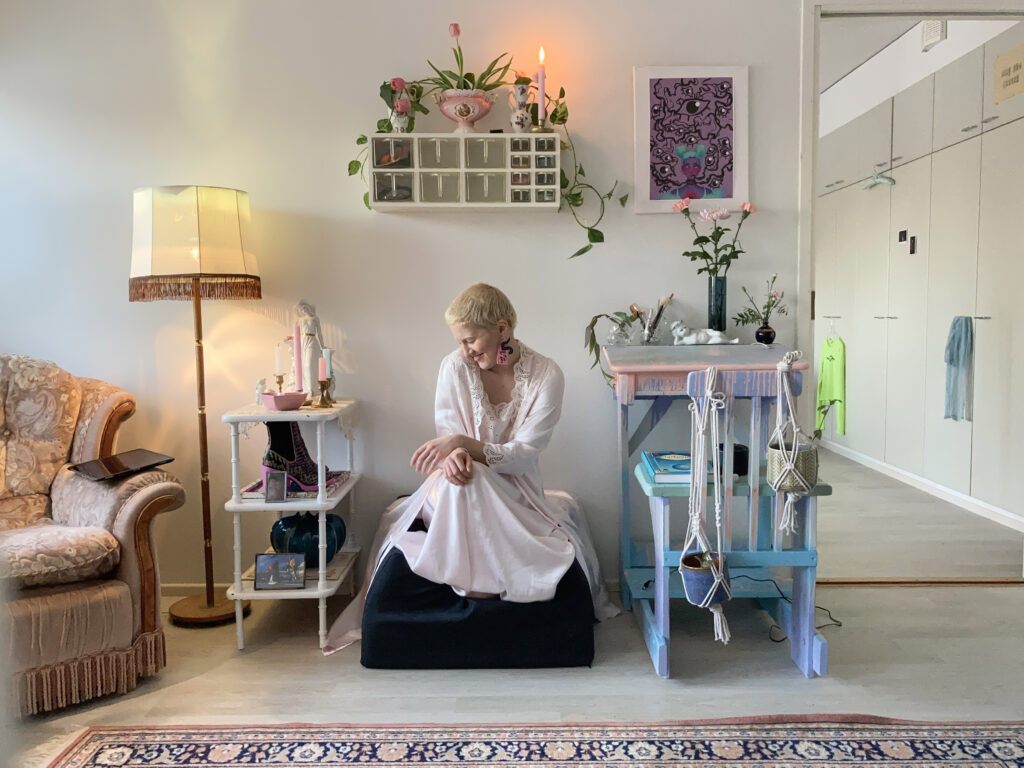
Cultural Personality of the week: Anna-Mari Nousiainen

Oulu2026 Cultural Personality:Havina

Oulu2026 Cultural Personality: Sanna Korpi
